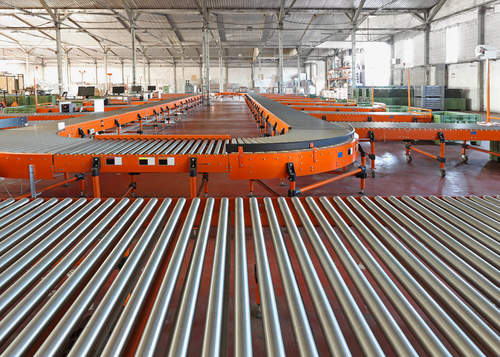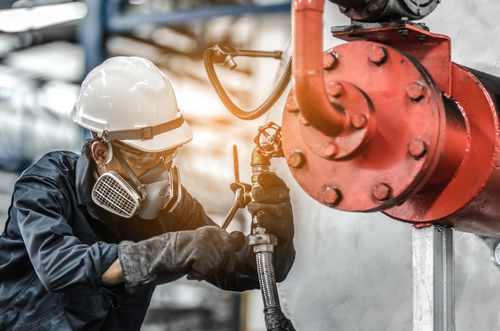Slipping can be a frequent issue with machine belts. V belts, flat belts, modular belts, and timing belts all can slip as they wear down or as a result of a few other common maintenance issues. When a belt slips off of its drive pulley, this can cause the entire system to fail as materials spill and other parts of the system wear down and break. Slippage can even result in total conveyor belt failure or employee injury if you’re not careful!
While belts are a common element of several types of machinery and equipment—from lawnmowers to fans—one of the most common places you’ll find them is on conveyor belts. These tips for fixing a slipping belt may apply to a whole gambit of machine belt issues, but for our purposes, we’ll be focusing on conveyor belt slipping.
What Causes Slippage?
Belt slippage occurs when the belt fails to turn around the pulley, slowing down production and putting a lot of strain on the motor. Slippage can be caused by a number of factors, including:
- Loads that are too heavy for the belt
- A smooth or worn-down pulley surface
- Buildup on the pulley
- Cold temperatures or high humidity
- Improper belt tension
- Or incorrect installation
Many of these issues can be addressed through simple maintenance and inspection, but there are a few things you can do to reduce the likelihood of a belt slipping.
How to Make a Belt Stop Slipping
If you’re dealing with a belt that won’t stop slipping—or have had this issue in the past and want to make sure it doesn’t happen again—these four tips will help you ensure your conveyor belt stays on the line and functions like the well-oiled machine it was designed to be.
Use the Right Belt
Choosing a belt that is suited to the use environment and properly fitted to the overall conveyor system will go a long way toward preventing slippage. Heavier materials may require a more heavy-duty belt so the conveyor isn’t struggling to keep up, or a slippery surface may be a bad fit for the products the belt is carrying. You may also be using a belt that is too heavy for the conveyor motors to handle, or that doesn’t fit well around the pulleys.
Conveyor belts come in a wide variety of materials and sizes, so it’s important to do your research and make sure your conveyor system has the right belt for the job. Rather than risking a faulty system, hire a mechanical engineer to design and install your material handling solutions!
Adjust the Grip
If you have the right belt and it’s seemingly in good shape, the belt may be slipping because of incorrect belt tension. If the tension is too loose, then there won’t be enough grip between the belt and the pulley to keep it on track. If your belt is slipping, try tightening the tension a bit without overtightening, as that can result in a completely different conveyor belt issue known as “mistracking.”
Check for Wear and Tear
Many of the other issues that cause belt slippage come down to wear and tear, particularly in regard to the pulleys. While adjusting the tension is a relatively easy fix, dealing with actual part failures and breakdowns should be done with the aid of a professional mechanical contractor.
If adjusting the tension doesn’t help and you’re confident that your mechanical contractor selected the right belt for your system, then it’s time to check the entire conveyor belt system for signs of wear and tear. Troubleshoot your material handling system, paying attention to any sights, sounds, or smells that are out of the ordinary in your facility.
Be Proactive with Maintenance
One of the best things you can do to stop your belt from slipping is to prevent it from ever slipping in the first place! And the best way to do that is through regular maintenance and inspections by an expert. All machinery and parts wear down eventually, and professional mechanical service technicians will know what signs to look for as well as how to adjust and clean your conveyor system for optimal performance properly.
Guaranteeing reliable machine function is why we offer both regular preventative maintenance and 24/7 emergency maintenance at Mathews Mechanical. Your machinery is the driving force behind your business’s efficiency, so you should have peace of mind knowing it won’t fail you when it matters most.
Secure Your Conveyor Belt with Mathews Mechanical
Whether it’s an urgent issue or simply time for your regular system inspection, our team is ready to serve you and make sure your machines do their jobs properly. You chose to have a custom material handling solution for your business because you knew manual material handling or more standardized systems wouldn’t give you the best results possible, and knowing you can rely on your conveyor belt system 100% of the time is a huge plus!
If you’ve noticed your conveyor belt slipping, don’t hesitate to contact us rather than troubleshooting the issue yourself. Our experts are ready to come help at the drop of a hat to make sure your conveyor belt keeps on rolling!






